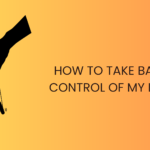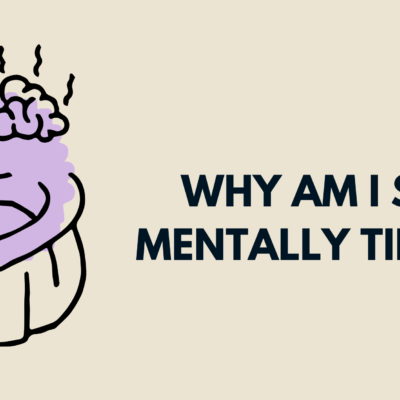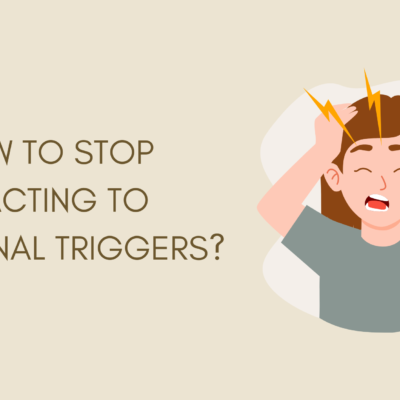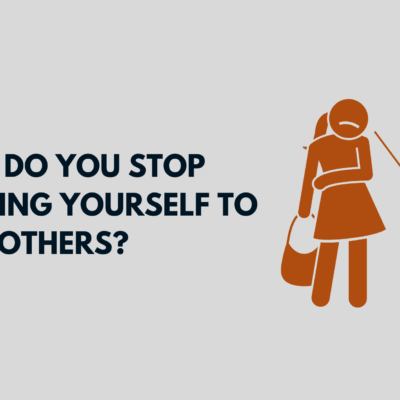How to Express Anger in a Healthy Way: Anger is a powerful emotion. It’s raw, intense, and often misunderstood. For many of us, anger feels dangerous—something we need to suppress, hide, or fear. Others let it explode, hurting the people around them and themselves in the process.
But here’s the truth: Anger is not the problem.
Unhealthy expression of anger is.
Also Read:
When channeled the right way, anger can be a force for clarity, change, and self-protection. It signals that something important needs attention—your boundaries, your pain, your unmet needs.
So if you’re someone who either bottles up anger or lets it boil over uncontrollably, this article is for you. You’ll learn how to recognize, feel, and express your anger in healthy, healing, and constructive ways—without guilt, shame, or destruction.
1. Understand What Anger Really Is
Anger is not just yelling or rage. It’s an emotional response to injustice, hurt, betrayal, or frustration. It often shows up when something important to us—like safety, respect, or fairness—is threatened.
Beneath anger, there are usually deeper emotions like:
- Hurt
- Fear
- Shame
- Disappointment
- Abandonment
Anger is the body’s way of saying: “Something is not okay, and I need you to notice.”
So instead of fearing anger or judging yourself for feeling it, start by listening to it.
2. The Cost of Unhealthy Anger
When anger isn’t expressed in a healthy way, it causes real damage—either internally or externally.
a) Suppressed Anger
- Leads to depression, resentment, or anxiety
- Causes physical issues like headaches, high blood pressure, or chronic fatigue
- Damages your sense of identity (you stop standing up for yourself)
- Often leads to emotional numbness
b) Explosive Anger
- Hurts your relationships
- Creates fear and instability for others
- Pushes people away
- Leads to guilt and shame afterward
Both extremes keep you from experiencing emotional freedom. Healthy anger is not about suppressing or exploding—it’s about channeling.
3. Pause and Feel the Anger in Your Body
Before you express anger, learn to recognize it in your body. Often, anger lives in our:
- Jaw (clenching)
- Shoulders (tension)
- Chest (tightness)
- Stomach (churning)
- Hands (shaking or fists)
These are your body’s early signals that anger is rising.
In that moment:
- Pause.
- Take 3–5 slow breaths.
- Say to yourself: “I feel angry right now. That’s okay. I’m going to handle this wisely.”
This pause creates a gap between impulse and action—and that gap is where healthy expression begins.
4. Name the Real Emotion Beneath the Anger
Often, anger is a surface emotion. Try going deeper.
Instead of just saying “I’m angry,” ask:
- “Am I really feeling hurt?”
- “Am I scared of losing something or someone?”
- “Am I feeling ignored, dismissed, or powerless?”
- “Is this anger protecting a part of me that feels wounded?”
When you identify the real source, you’re better equipped to express yourself with honesty and vulnerability, not just intensity.
5. Use “I” Statements, Not Accusations
Blaming and attacking only escalate anger in both people. The goal is to express, not to hurt or control.
Instead of:
- “You never listen to me!”
- “You always make me feel worthless!”
Try:
- “I feel dismissed when I speak and don’t get a response.”
- “I feel hurt when I’m not included in important decisions.”
“I” statements keep the focus on your feelings and your needs, not the other person’s character.
This creates space for connection—not defense.
6. Channel the Anger Physically (But Safely)
Anger is energy. If you don’t release it, it builds up like pressure in a shaken soda can. Releasing that energy physically helps prevent outbursts.
Here are safe, healthy ways to release it:
- Go for a brisk walk or run
- Punch a pillow or scream into one
- Hit a punching bag
- Dance hard to loud music
- Do intense exercise (push-ups, jump rope, etc.)
- Scribble or paint with bold colors
The key is to move the anger out of your body, not out onto others.
7. Journal Your Anger Unfiltered
Writing helps you release and reflect without hurting anyone.
Try this:
- Grab a notebook or open a note on your phone
- Write exactly what you’re feeling—raw, messy, unfiltered
- Ask: What triggered this? What am I truly angry about? What do I need?
Sometimes just writing it out helps you process it without needing to explode. Later, you can return to it with more clarity and peace.
8. Set Boundaries, Not Ultimatums
Often, we feel angry because we haven’t enforced our boundaries—or others have crossed them.
But instead of reacting with threats or silence, communicate your boundary clearly.
For example:
- Instead of “You better not do that again or I’m done,”
Say: “It’s important to me that I’m spoken to respectfully. If that doesn’t happen, I’ll need to take space.”
Healthy boundaries protect you without punishing others. They say: “I value myself enough to walk away from what hurts me.”
9. Don’t Wait Until You Explode
The longer you suppress anger, the more volatile it becomes.
Check in with yourself regularly:
- Is something bothering me that I’m ignoring?
- Am I swallowing anger to keep peace at my own expense?
- What needs to be said now, before resentment builds?
Speak early. Speak calmly. Speak clearly.
Delayed anger often turns into drama. Honest communication turns it into healing.
10. Have Hard Conversations with Compassion
Expressing anger doesn’t mean destroying someone emotionally.
You can be firm and loving at the same time.
Example:
“I care about you, and I also need to share something that’s been frustrating me. I want us to grow through this, not fight about it.”
Approach the conversation as a bridge, not a battlefield.
This shifts the energy from attack vs. defense to problem vs. solution.
11. Know When to Step Away
Some situations are too emotionally charged to resolve in the moment.
If you or the other person is too escalated:
- Take a break
- Go outside
- Listen to music
- Practice breathwork
- Come back when you both feel grounded
There’s wisdom in knowing when to pause a conversation to preserve the relationship. It’s not avoidance—it’s emotional maturity.
12. Release Guilt About Your Anger
Especially if you were raised in environments where anger was punished or invalidated, you might feel ashamed when you get angry.
But let’s be clear:
- You are allowed to feel anger.
- Your anger is not dangerous.
- Expressing it healthily is an act of self-respect.
You are not “too much.” You are not “crazy.” You are not “mean.”
You are human.
Learning to express anger with grace and power is one of the greatest gifts you can give yourself—and the people who love you.
Final Thoughts: Your Anger Is a Messenger, Not a Monster
Anger doesn’t make you bad. It makes you honest. It reveals where your needs are being ignored, where your boundaries are being violated, or where your wounds still ache.
When expressed with awareness, anger becomes:
- A compass for what matters
- A motivator for action
- A protector of your peace
- A teacher for your truth
So the next time you feel the fire rise, don’t fear it. Don’t silence it. And don’t let it burn others down either.
Breathe. Pause. Listen. Express. Release. Heal.
That’s the path from rage to power, from pain to purpose.
Because the goal is not to never feel angry—it’s to become someone who can feel it fully… and still choose love.






